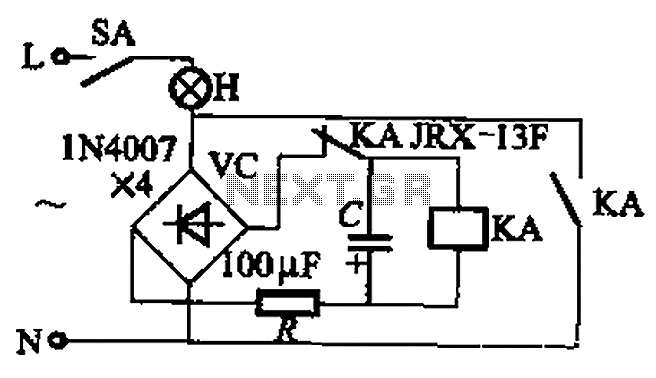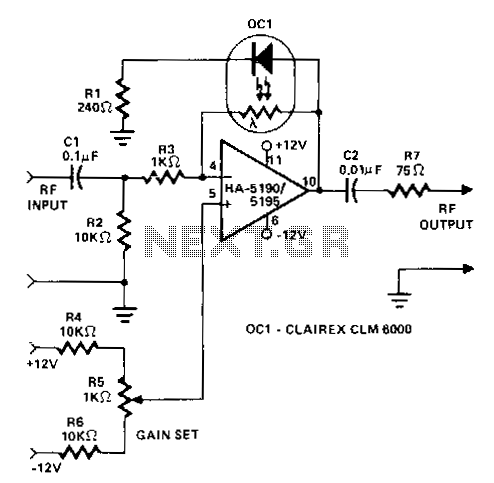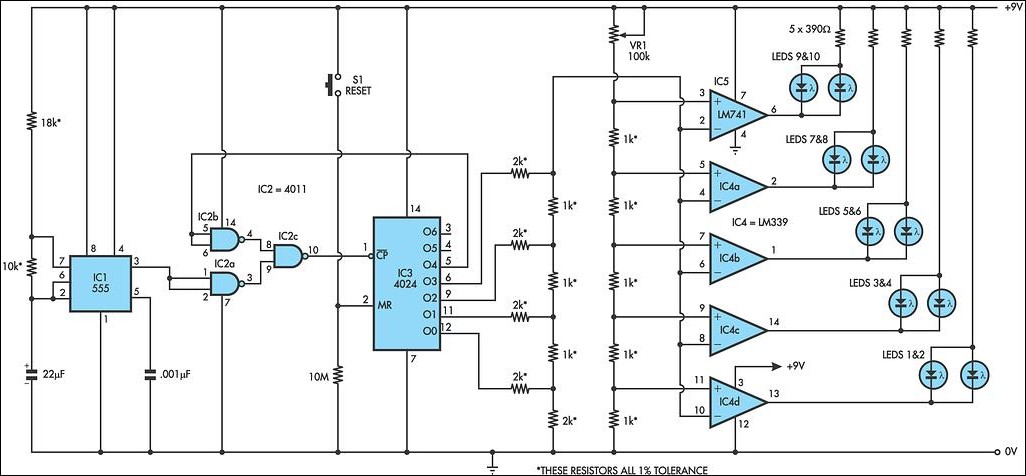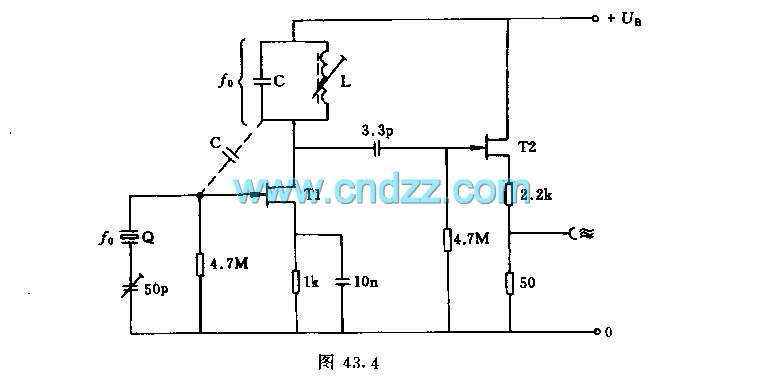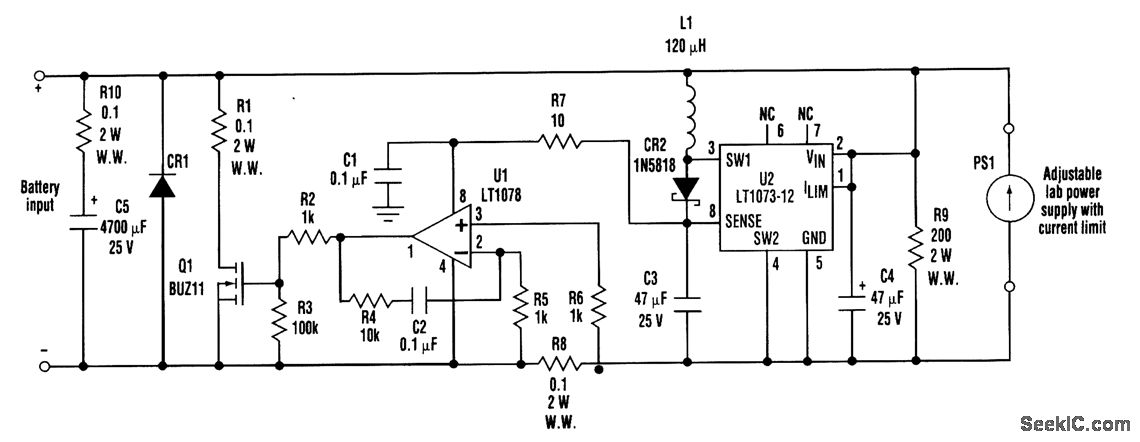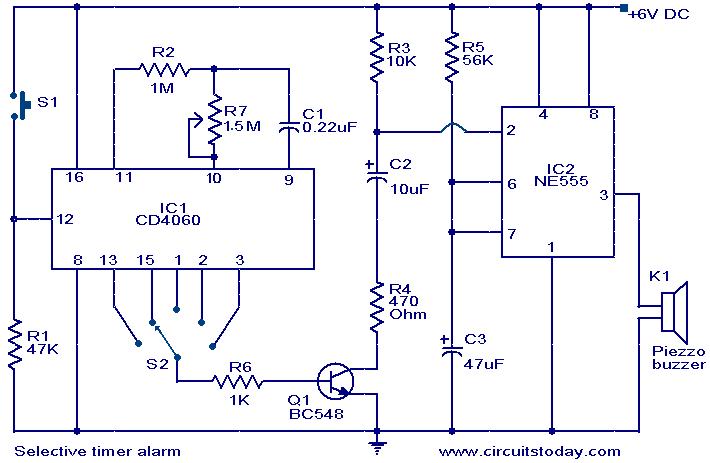
Dual adjustable power supply circuit
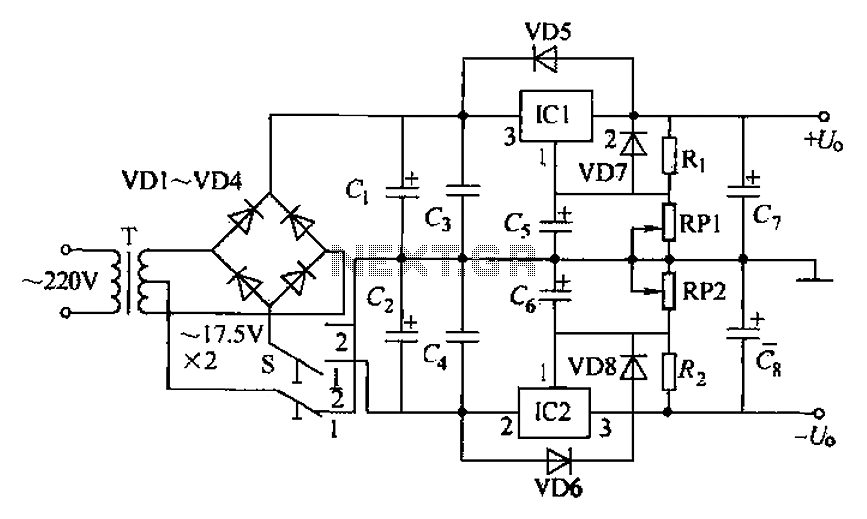
The circuit utilizes a three-terminal adjustable integrated voltage regulator. It includes a gear set and a power supply voltage that is stepped down using a transformer rated at 17.5V x 2 AC. The output voltage after the bridge rectifier is supplied to the input terminals of IC1 and IC2, with a sampling resistor (Ri) and adjustment potentiometers (RP1 and RP2) controlling the output voltage, which can be adjusted continuously between 1.25V and 15V. When switch S2 is engaged, the dual output power transformer operates as a single unit, allowing the rectified and filtered power supply voltage to be sent to IC1, providing a single power output of +1.25V to 30V. The circuit components include resistors (R1, R2) rated at 240Ω, potentiometers (RP1, RP2) rated at 4.7kΩ, capacitors (C1, C2) rated at 3300µF/150V, (C3) rated at 0.33µF/63V, (C4) rated at 10µF/150V, and diodes (VD1 to VD4) rated at 1N4001, with diodes (VD5 to VD6) also rated at 1N4001. The three-terminal adjustable voltage regulators are LM317 for IC1 and LM337 for IC2. The switch is a KNX (Z2). All capacitors in the power supply circuit are selected with a voltage rating greater than 50V. The two three-terminal adjustable power regulator blocks are rated for approximately 15W, and it is important to include adequate heat sinks for thermal management.
This circuit design offers a versatile solution for adjustable voltage regulation in various electronic applications. The use of the LM317 and LM337 regulators allows for both positive and negative voltage outputs, making it suitable for dual power supply requirements. The adjustable potentiometers (RP1 and RP2) enable fine-tuning of the output voltage, which is critical for applications requiring precise voltage levels.
The transformer steps down the AC voltage from the mains to a lower AC voltage, which is then rectified by the bridge rectifier into a DC voltage. The filtering capacitors (C1 and C2) smooth out the rectified voltage, providing a stable input to the voltage regulators. The inclusion of sampling resistors (Ri) ensures that the feedback loop for the voltage regulators operates correctly, maintaining the desired output voltage.
In applications where the circuit is configured for single output mode (using S2), the circuit effectively doubles the output voltage range, providing flexibility for various load requirements. The diode configuration (VD1 to VD4) protects the circuit from reverse polarity and voltage spikes, ensuring reliability and longevity of the components.
The choice of components, such as the 1N4001 diodes, is appropriate for the current levels typically expected in such circuits, while the selected capacitors are rated for high voltage to prevent breakdown under operating conditions. Additionally, the thermal management considerations, such as the use of heat sinks, are crucial for maintaining the performance and safety of the voltage regulators, especially under higher load conditions.
Overall, this circuit is well-suited for applications that require adjustable voltage levels, such as power supplies for testing equipment, audio amplifiers, and other electronic devices needing custom voltage inputs. Circuit principle: This circuit uses three-terminal adjustable integrated voltage regulator, S gear set, the power supply voltage via a step-down transformer 17. 5VX2 alternati ng current voltage after the bridge rectifier, respectively, to give as gifts IC1,1C2 input end, the sampling resistor Ri, horses and adjustment potentiometer RP1, RP2 control, obtained at the output 1. 25-15V continuously adjustable voltage disabilities. When S 2 is placed, the dual output power transformer T as a single group using, after the power supply voltage by the rectifier filter, only to send IC1, get +1.
25-30V single power output. Among them, the resistance Rl, Rz: 240CZ, potentiometer RP1, RP2: 4. 7kf2; capacitance CL, C: 3300FcF/150V, G, C: 0.33 uF/63V.C5, C: lOtlFl50V; diode VD1 ~ VD4: 1N4001, VD5 ~ VD6: 1N4001} three terminal manifold ICl: LM317. IC2: LM337; switch S: KNX (Z 2). The power supply to all the capacitors are selected voltage greater than 50v, the two three-terminal adjustable power regulator block is about 15W, pay attention to add enough radiator,
This circuit design offers a versatile solution for adjustable voltage regulation in various electronic applications. The use of the LM317 and LM337 regulators allows for both positive and negative voltage outputs, making it suitable for dual power supply requirements. The adjustable potentiometers (RP1 and RP2) enable fine-tuning of the output voltage, which is critical for applications requiring precise voltage levels.
The transformer steps down the AC voltage from the mains to a lower AC voltage, which is then rectified by the bridge rectifier into a DC voltage. The filtering capacitors (C1 and C2) smooth out the rectified voltage, providing a stable input to the voltage regulators. The inclusion of sampling resistors (Ri) ensures that the feedback loop for the voltage regulators operates correctly, maintaining the desired output voltage.
In applications where the circuit is configured for single output mode (using S2), the circuit effectively doubles the output voltage range, providing flexibility for various load requirements. The diode configuration (VD1 to VD4) protects the circuit from reverse polarity and voltage spikes, ensuring reliability and longevity of the components.
The choice of components, such as the 1N4001 diodes, is appropriate for the current levels typically expected in such circuits, while the selected capacitors are rated for high voltage to prevent breakdown under operating conditions. Additionally, the thermal management considerations, such as the use of heat sinks, are crucial for maintaining the performance and safety of the voltage regulators, especially under higher load conditions.
Overall, this circuit is well-suited for applications that require adjustable voltage levels, such as power supplies for testing equipment, audio amplifiers, and other electronic devices needing custom voltage inputs. Circuit principle: This circuit uses three-terminal adjustable integrated voltage regulator, S gear set, the power supply voltage via a step-down transformer 17. 5VX2 alternati ng current voltage after the bridge rectifier, respectively, to give as gifts IC1,1C2 input end, the sampling resistor Ri, horses and adjustment potentiometer RP1, RP2 control, obtained at the output 1. 25-15V continuously adjustable voltage disabilities. When S 2 is placed, the dual output power transformer T as a single group using, after the power supply voltage by the rectifier filter, only to send IC1, get +1.
25-30V single power output. Among them, the resistance Rl, Rz: 240CZ, potentiometer RP1, RP2: 4. 7kf2; capacitance CL, C: 3300FcF/150V, G, C: 0.33 uF/63V.C5, C: lOtlFl50V; diode VD1 ~ VD4: 1N4001, VD5 ~ VD6: 1N4001} three terminal manifold ICl: LM317. IC2: LM337; switch S: KNX (Z 2). The power supply to all the capacitors are selected voltage greater than 50v, the two three-terminal adjustable power regulator block is about 15W, pay attention to add enough radiator,
